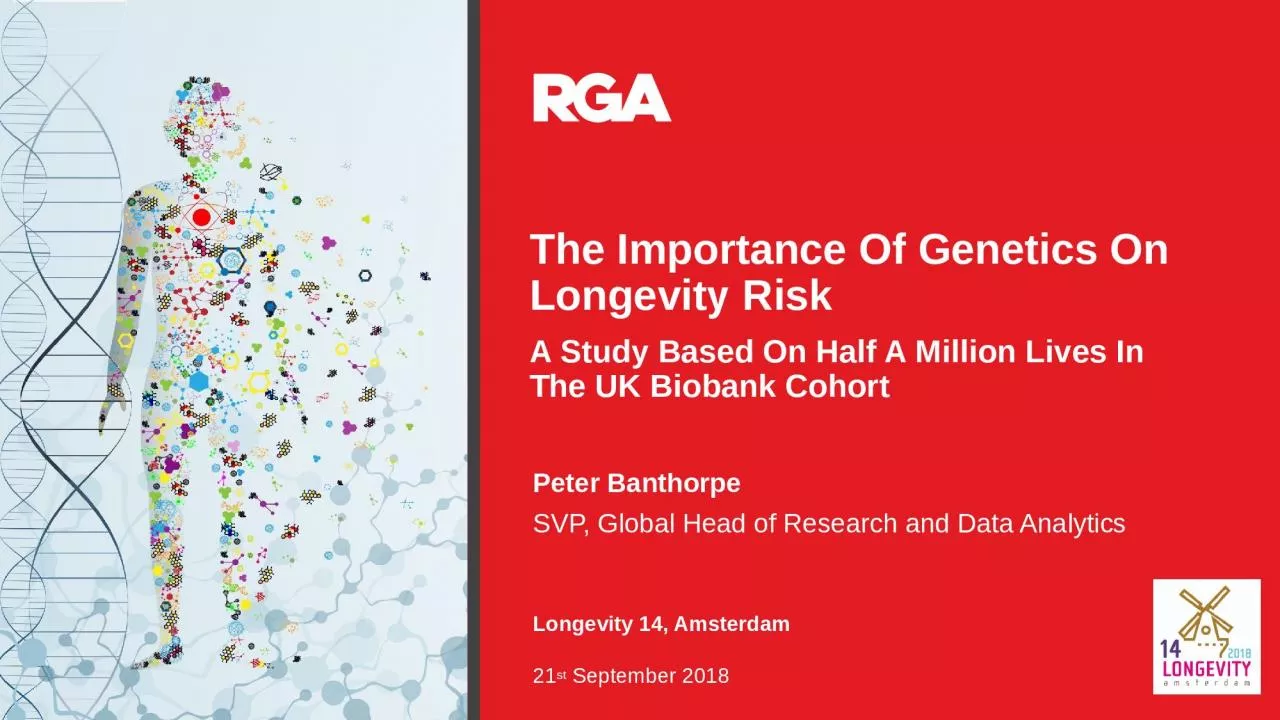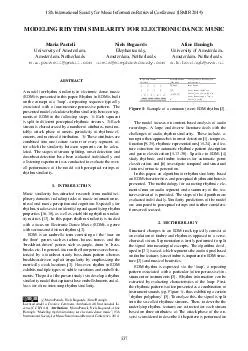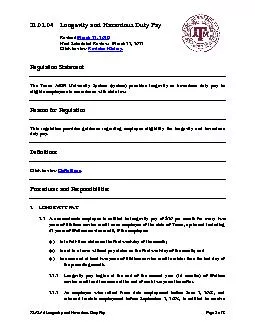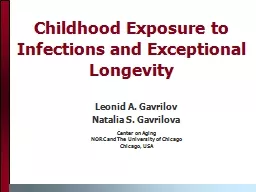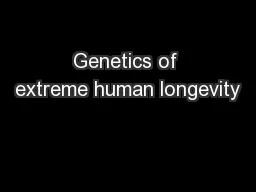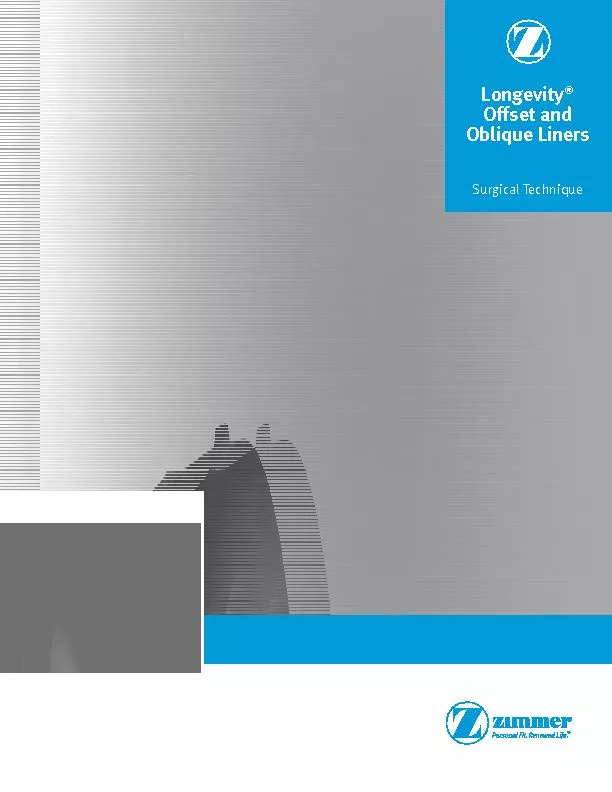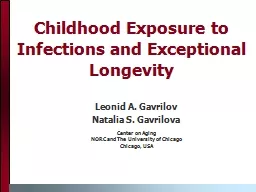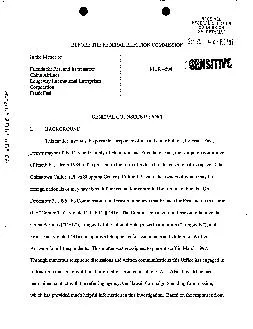PPT-Longevity 14, Amsterdam 21
Author : mary | Published Date : 2024-02-09
st September 2018 The Importance Of Genetics On Longevity Risk A Study Based On Half A Million Lives In The UK Biobank Cohort Peter Banthorpe SVP Global Head of
Presentation Embed Code
Download Presentation
Download Presentation The PPT/PDF document "Longevity 14, Amsterdam 21" is the property of its rightful owner. Permission is granted to download and print the materials on this website for personal, non-commercial use only, and to display it on your personal computer provided you do not modify the materials and that you retain all copyright notices contained in the materials. By downloading content from our website, you accept the terms of this agreement.
Longevity 14, Amsterdam 21: Transcript
Download Rules Of Document
"Longevity 14, Amsterdam 21"The content belongs to its owner. You may download and print it for personal use, without modification, and keep all copyright notices. By downloading, you agree to these terms.
Related Documents

